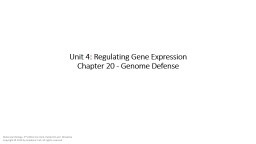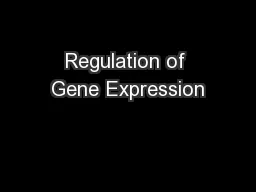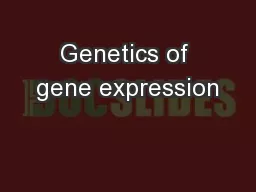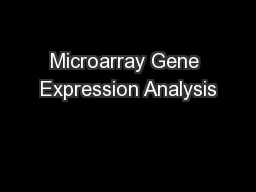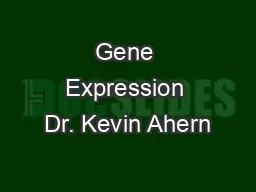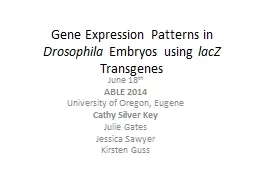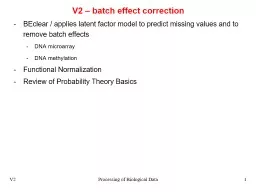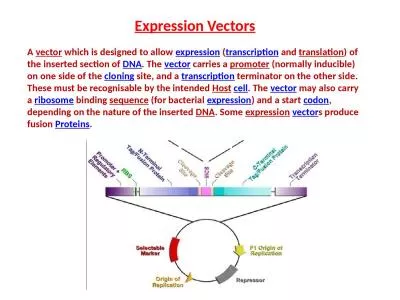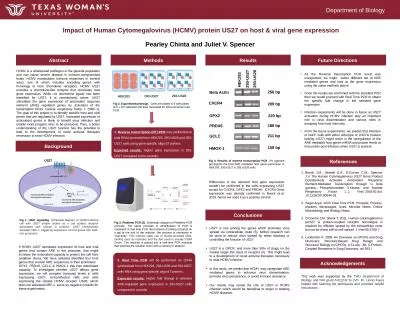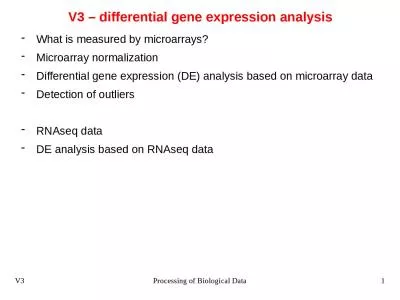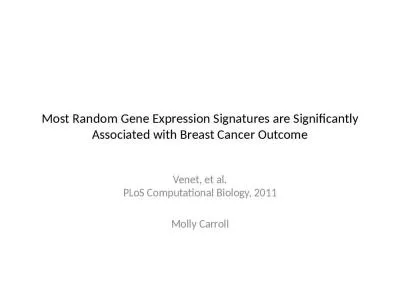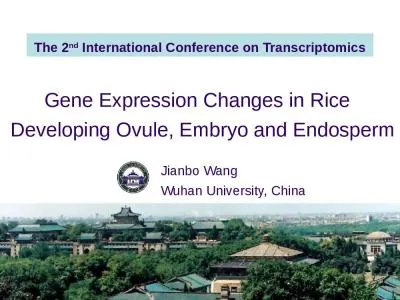PPT-Unit 4: Regulating Gene Expression
Author : trinity | Published Date : 2023-05-22
Chapter 20 Genome Defense Figure 2001 Antisense RNA Can Base Pair With mRNA mRNA is normally made using the noncoding strand of DNA as a template Such mRNA is
Presentation Embed Code
Download Presentation
Download Presentation The PPT/PDF document "Unit 4: Regulating Gene Expression" is the property of its rightful owner. Permission is granted to download and print the materials on this website for personal, non-commercial use only, and to display it on your personal computer provided you do not modify the materials and that you retain all copyright notices contained in the materials. By downloading content from our website, you accept the terms of this agreement.
Unit 4: Regulating Gene Expression: Transcript
Download Rules Of Document
"Unit 4: Regulating Gene Expression"The content belongs to its owner. You may download and print it for personal use, without modification, and keep all copyright notices. By downloading, you agree to these terms.
Related Documents

